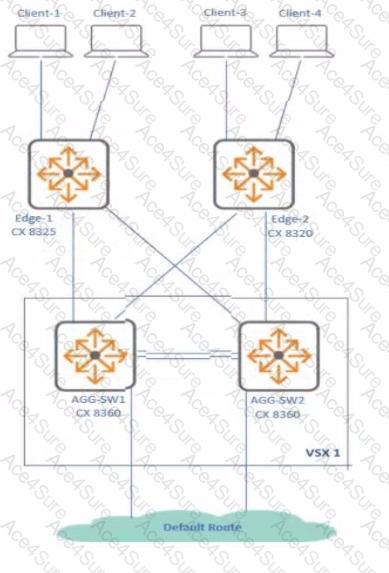Private VLANs consist of a primary VLAN and one or more secondary VLANs (isolated or community). Isolated ports cannot communicate with other isolated ports in the same VLAN; they can only communicate with promiscuous ports (usually the router uplink). Community ports can communicate with each other and promiscuous ports.
Option A: Configures VLAN 152 as private-vlan community.
Option B: Configures VLAN 151 as private-vlan community.
Option C: Defines VLAN 152 as a primary-vlan associated with itself, which isn't standard syntax/logic.
Option D: Defines VLAN 151 as a primary-vlan associated with itself.
The goal isisolation. None of the options directly configure an isolated VLAN. Options A and B configure community VLANs, which allow communication between users within that VLAN, contradicting the requirement. Options C and D attempt to define primary VLANs in a potentially incorrect way.
Caveat:There seems to be an issue with the provided options. Standard configuration to make VLAN 151 isolated would involve defining a primary VLAN (e.g., vlan 152 private-vlan primary) and then defining VLAN 151 as isolated (vlan 151 private-vlan isolated). Since none of the options correctly configure anisolatedVLAN, and the requirement is isolation, the question or options are likely flawed. However, if forced to interpret intent, questions sometimes test understanding of thetypesof private VLANs. Changing a VLANtocommunity type (Option B for VLAN 151) is a distinct action, even if it doesn't meet the statedisolationgoal. Without correct options for 'isolated', selecting the 'best' flawed option is difficult. Assuming the question intends to configure VLAN 151 assome typeof private secondary VLAN, Option B modifies VLAN 151's private VLAN characteristic.

